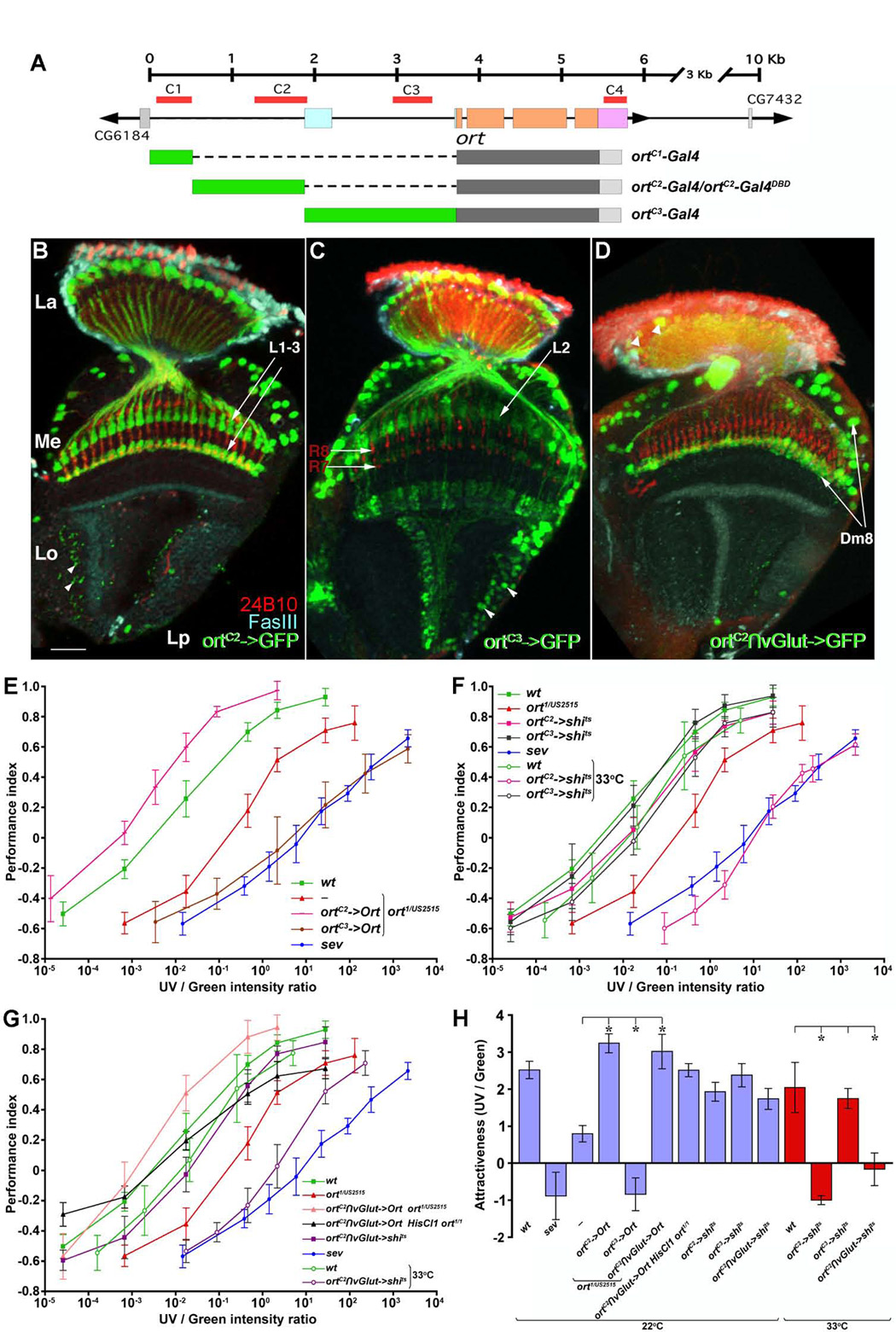Figure 6. Wide-field Dm8 amacrine neurons are required for UV preference.

(A) Various ort promoter constructs containing different multispecies-conserved regions (C1–C3). The ort locus structure is as described in Figure 1E.
(B–D) Expression patterns of ortC2-GAL4 (B), ortC3-GAL4 (C) and ortC2∩vGlut (D) drivers in adult optic lobes. These drivers were used to express the mCD8-GFP marker in different subsets of Ort-expressing neurons (see text for details). A few neurons in the lobula and lobula plate (arrowheads), which do not normally express Ort, were labeled by ortC2-GAL4 and ortC3-GAL4, respectively (B, C). (D) The combinatorial driver ortC2∩vGlut labeled Dm8 as well as sparse L1 cells (arrowheads in lamina cortex). Photoreceptor axons visualized with MAb24B10 antibody (red); specific medulla and lobula strata immunolabeled with anti-FasIII (cyan). Scale bar: 20 µm in (B), for (B–D). (E–H) Restoring or blocking different subsets of Ort-expressing neurons affects UV/green preference. Intensity-response curves were measured as described in Figure 2.
(E) Sufficiency of ortC2 and ortC3 neurons for UV/green preference. Restoring the function to the ortC2 neuron subset rescued UV preference in ort mutants while restoring it to the ortC3 subset rendered a stronger green preference. ort1/US2515, wild-type and negative control sev data are from Figure 2E.
(F) Requirement for ortC2 and ortC3 neurons for UV/green preference. Blocking the ortC2, but not ortC3, neuron subset in wild-type background reduced UV preference. ort1/US2515, wild-type and negative control sev data are from Figure 2E.
(G) Requirement for, and sufficiency of, the Dm8 neurons for UV/green preference. Restoring Ort expression in the Dm8 neurons using the ortC2∩vGlut driver rescued UV preference defects in ort or HisCl1 ort double-null mutants. Conversely, inactivating the Dm8 neurons caused a significant reduction in UV preference. ort1/US2515, wild-type and negative control sev data are from Figure 2E.
(H) Histogram of the relative attractiveness of UV over green light (AttrUV/G) calculated from (E–G). The differences between ort mutants and after ort function is rescued in ortC2->Ort (or ortC3->Ort or ortC2∩vGlut->Ort) are statistically significant (*p<0.00001), as are those between the wild-type and ortC2->shits1 (or ortC2∩vGlut->shits1). Error bars indicate standard deviations.
